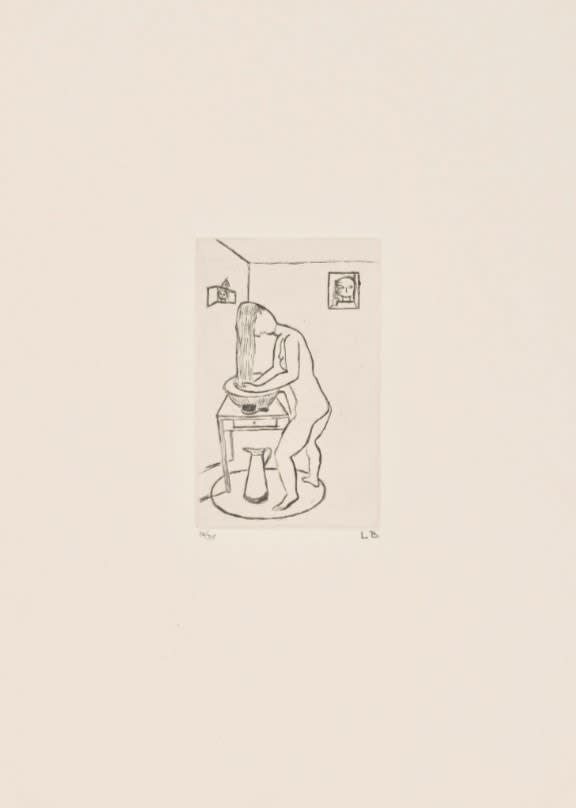-
Hidden offers the rare opportunity to purchase original, hand-signed prints by Louise Bourgeois - one of the most influential artists of Modern and Contemporary art. Known for her deeply personal work, Bourgeois' prints are held across the world’s most important art institutions. She maintains a dedicated market and her limited-edition, highly collectible prints are perfect for collectors seeking historically significant works.
-
-
-
-
-
Subscribe to receive our weekly newsletter.
Be the first to know about new artwork, exhibitions, events and offers.
* denotes required fields
Sign up now to get exclusive early access to new inventory before it hits our website. As a subscriber, you'll also receive advance notice about upcoming art fairs, events, and special offers. You can read our privacy policy here.












